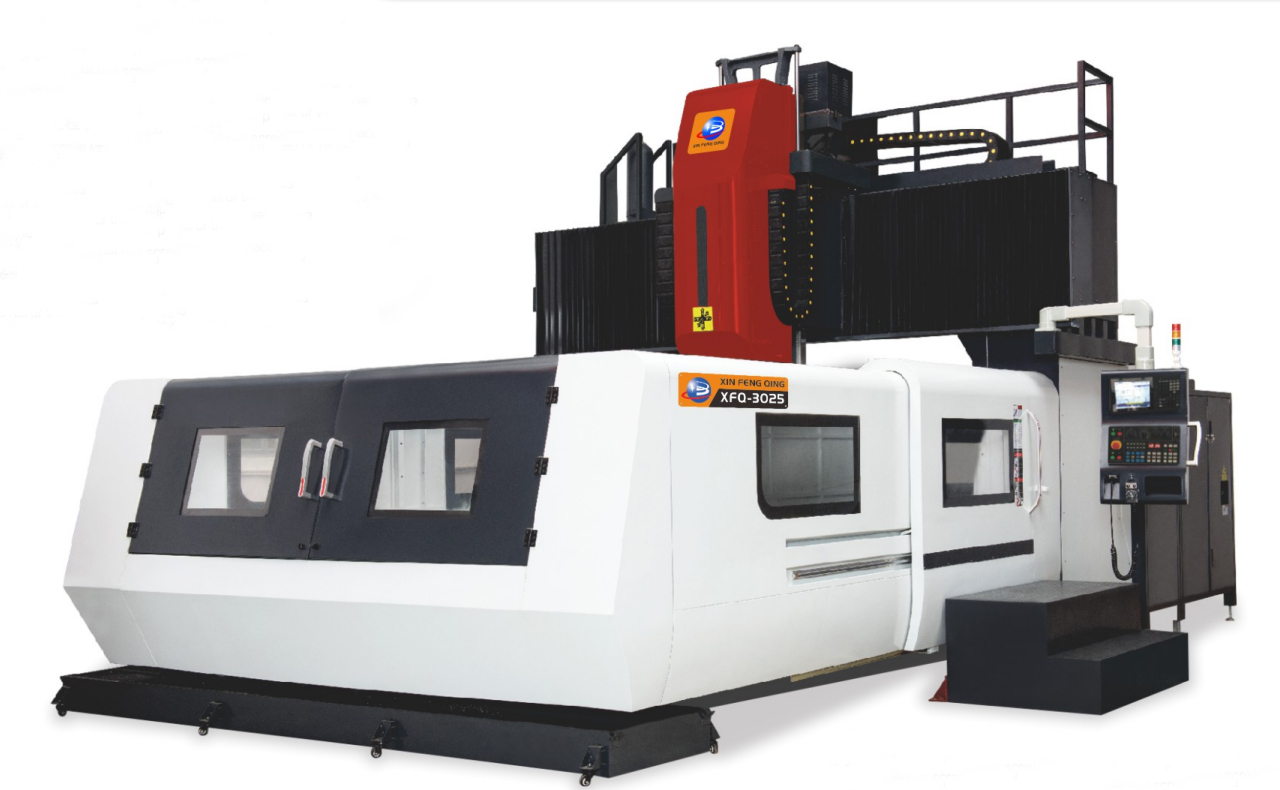Rocks and minerals, the building blocks of our planet, possess a fascinating array of physical properties that contribute to their uniqueness and utility. Understanding these properties is crucial for various industries, including geology, mining, construction, and even jewelry making. In this comprehensive blog post, we will delve into the intricate world of rocks and minerals, exploring their physical properties and shedding light on their practical applications.
- Crystal Structure:
At the heart of every rock and mineral lies its crystal structure. The arrangement of atoms or molecules within a crystal lattice determines its physical properties. We will explore the different crystal systems, such as cubic, hexagonal, and orthorhombic, and how they influence the overall characteristics of rocks and minerals. - Hardness and Mohs Scale:
One of the most recognizable physical properties of rocks and minerals is their hardness. We will discuss the renowned Mohs scale, which ranks minerals based on their scratch resistance. From the softness of talc to the hardness of diamond, we will uncover how this property impacts their applications in various industries. - Cleavage and Fracture:
Cleavage and fracture refer to how rocks and minerals break when subjected to external forces. We will examine the different types of cleavage, such as basal, cubic, and rhombohedral, and how they affect the usability of minerals in manufacturing processes. Additionally, we will explore the diverse fracture patterns, including conchoidal, fibrous, and splintery, and their significance in identifying minerals. - Density and Specific Gravity:
The density and specific gravity of rocks and minerals provide valuable insights into their composition and potential uses. We will discuss the methods used to measure these properties and how they contribute to the identification and classification of different materials. Furthermore, we will explore how density and specific gravity influence the selection of rocks and minerals for construction, exploration, and geological studies. - Optical Properties:
The interaction of light with rocks and minerals unveils a mesmerizing world of optical properties. We will delve into phenomena such as color, luster, transparency, and pleochroism, and their significance in identifying and distinguishing minerals. Understanding these properties is crucial for gemologists, as they determine the value and allure of precious gemstones. - Thermal and Electrical Conductivity:
The ability of rocks and minerals to conduct heat and electricity is an essential physical property with diverse applications. We will explore the thermal and electrical conductivity of different materials, ranging from insulators to conductors, and their significance in fields such as geothermal energy, electronics, and metallurgy.
Conclusion:
Rocks and minerals possess a multitude of physical properties that make them invaluable resources for various industries. From their crystal structures to optical properties, hardness to conductivity, understanding these characteristics allows us to unlock their potential applications. By delving into the intricate world of rocks and minerals, we gain a deeper appreciation for the wonders that lie beneath the Earth's surface.







+ There are no comments
Add yours